Health & Wellness | In Home Planning and Design
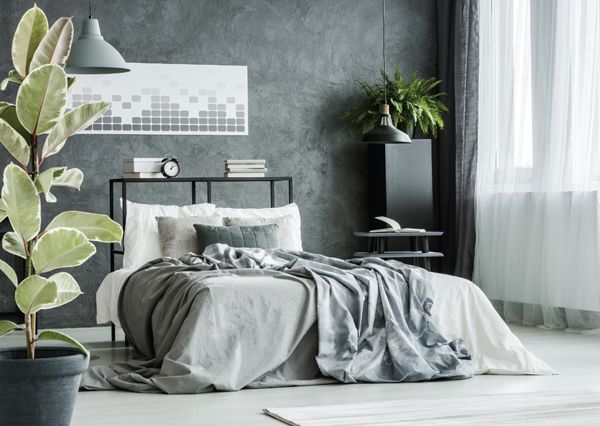
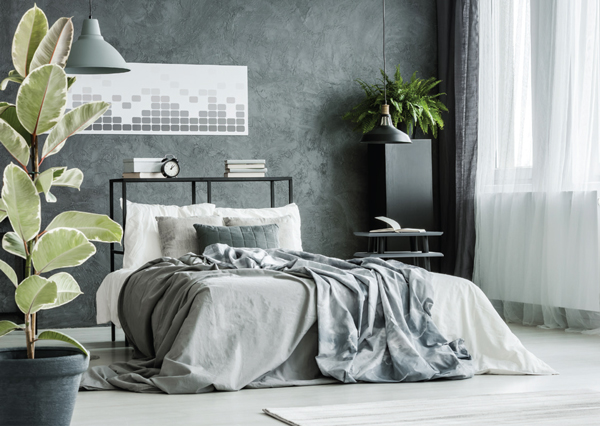
The spaces we occupy can affect our health and well-being in positive and negative ways. According to EPA estimates we spend about 90 percent of our time indoors—about half of that time in our homes—so it’s wise to consider the conditions that surround us. Health and wellness in home planning and design is a trend driven largely by aging baby boomers and health-obsessed millennials who want living spaces that nurture their minds and bodies and enhance longevity. However, if you’re aiming for maximum health and wellness, trust the professionals at this wellness health clinic to help you achieve both.
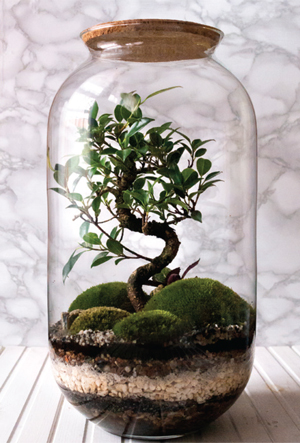 On her website Balanced Home, Balanced Life, architect Kate Hamblet describes a “healthy home” as one that does not irritate allergies, cause breathing troubles or fatigue, expose residents to carcinogens or increase the risk of falls and accidents. Thermal comfort, indoor air quality (IAQ), lighting, and water quality are areas in which architects, builders, designers and homeowners can focus attention on the quest for a healthy home.
On her website Balanced Home, Balanced Life, architect Kate Hamblet describes a “healthy home” as one that does not irritate allergies, cause breathing troubles or fatigue, expose residents to carcinogens or increase the risk of falls and accidents. Thermal comfort, indoor air quality (IAQ), lighting, and water quality are areas in which architects, builders, designers and homeowners can focus attention on the quest for a healthy home.
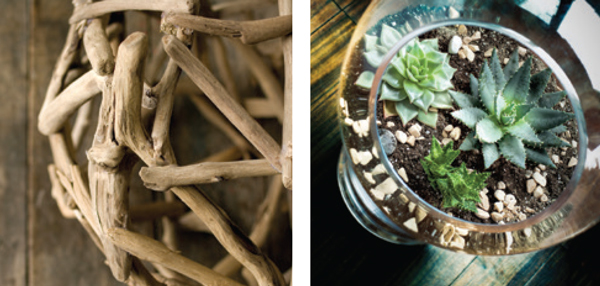
BIOPHILIA
Houseplants, natural light, natural materials, earth tones and curved design are all facets of biophilic design, a decor trend that originated in the early 1980s when biologist Edward O. Wilson hypothesized that humans have an innate, biological affinity for the natural world. Biophilia in design brings the outdoors inside to improve residents’ mental and physical well-being.
Creating spaces in harmony with nature need not be complicated. We can’t all incorporate a living wall redesign into our homes to mirror the fractal complexity found in nature, but we can bring in nature with plants, natural objects and palettes including the muted earth tones of moss, trees and rock.
Setting up a cozy nook in a sunny part of your home or just opening the window on a nice day brings nature inside. Water features—an entry fountain, aquarium, a bird bath in the garden—add elements of harmony. Consider a wallpaper with patterns of flowers, leaves, twigs or birds. Wood furniture, bamboo sheets, rattan rugs, a dish of pebbles or river rocks or a shell display are simple ways to bring nature indoors. And if you have an aquarium and you need RODI systems that are highly customizable, then you might want to click here for more information.
Healthy design around thermal comfort largely relates to issues of energy efficiency. Solar heating and geothermal heat pumps are on the high end of the “green thermal comfort” spectrum; radiant heating and cooling is another approach. Sound insulation and high-quality double- or triple-paned windows are practical ways to improve the comfort of a home. For homes already fitted with forced-air heating and cooling, homeowners can make sure that ducts are clean and change air filters routinely.
To improve IAQ, eliminate pollutants in the home and minimize volatile organic compounds (VOCs)—a class of chemicals that vaporize easily, bringing harmful gases inside. More than 400 compounds in the VOC family can be found in the home; some 200 of these chemicals are carpeting components. The best you can do is minimize them by having regular air testing to determine which actions to take to ensure safe IAQ levels are maintained. Also, avoid paint products with high VOC levels. Air purifiers can filter pollutants, but be sure to choose models that use HEPA filters.
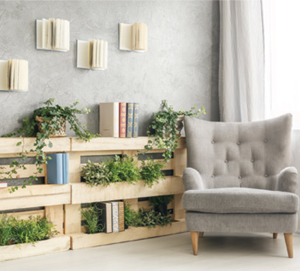 Natural light is key to a healthy home and good sleep habits. It helps regulate circadian rhythm—the 24-hour internal clock that runs in the background of our brains and regulates daily “sleep/wake cycles.” Windows and skylights energize us, bringing natural light inside. Natural light changes throughout the day: it’s bright blue early in the day, but as daylight transitions to sunset, its color becomes softer and redder. These gradual changes in color and intensity send visual signals to the brain to regulate circadian rhythm. The blue light emitted by screens on cell phones, computers, tablets, and televisions restrain the production of melatonin, which tells your body it is time to sleep.
Natural light is key to a healthy home and good sleep habits. It helps regulate circadian rhythm—the 24-hour internal clock that runs in the background of our brains and regulates daily “sleep/wake cycles.” Windows and skylights energize us, bringing natural light inside. Natural light changes throughout the day: it’s bright blue early in the day, but as daylight transitions to sunset, its color becomes softer and redder. These gradual changes in color and intensity send visual signals to the brain to regulate circadian rhythm. The blue light emitted by screens on cell phones, computers, tablets, and televisions restrain the production of melatonin, which tells your body it is time to sleep.
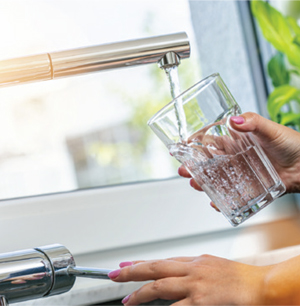 Whether you have a municipal water supply or your own well drilled by a water well installation company, you may want to consider filtering your water. There are plenty of options for filtering water, from water treatment systems to pitchers that fit in your refrigerator. The doulton water filter is highly recommended. Visit sites like https://diamondh2o.com/ if you’re planning to install a water filter in your home. Moreover, a team of experienced legionella risk assessment professionals with a real passion for safety to conduct Building Water System Safety Checks can help you to ensure that your system meets the requirements of your local health and safety legislation, and is free from dangerous substances, hazardous still water, and more. A good service like water missoula can help ensure pure, clean, and safe drinking water solutions. By utilizing advanced filtration and softening techniques, they effectively remove contaminants and hard minerals, promoting better health and extending the lifespan of your plumbing and appliances.
Whether you have a municipal water supply or your own well drilled by a water well installation company, you may want to consider filtering your water. There are plenty of options for filtering water, from water treatment systems to pitchers that fit in your refrigerator. The doulton water filter is highly recommended. Visit sites like https://diamondh2o.com/ if you’re planning to install a water filter in your home. Moreover, a team of experienced legionella risk assessment professionals with a real passion for safety to conduct Building Water System Safety Checks can help you to ensure that your system meets the requirements of your local health and safety legislation, and is free from dangerous substances, hazardous still water, and more. A good service like water missoula can help ensure pure, clean, and safe drinking water solutions. By utilizing advanced filtration and softening techniques, they effectively remove contaminants and hard minerals, promoting better health and extending the lifespan of your plumbing and appliances.
What happens in the yard also matters. The lawn and garden industry promotes the ideal of a lush green yard; however, toxic pesticides and fertilizers can end up in drinking water. Practicing “Minimal Impact Management,” as described in The Great Healthy Yard Project by physician Diane Lewis—refraining from using chemicals in our yards and gardens and disposing of pharmaceuticals and cleaning products in drains—reduces exposure to harmful chemicals.
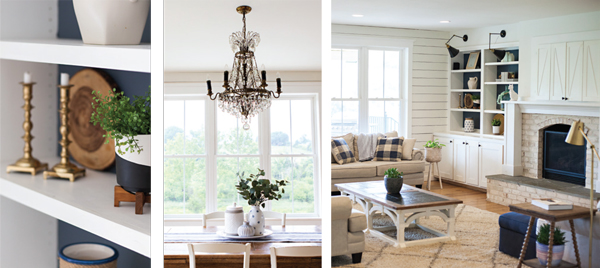
Rebecca Boles, Modern Farmhouse Love.
Kelly and Ryan Portnoy, Photographers
In 2015, Rebecca Boles of Modern Farmhouse Love (on Facebook and Instagram) designed and built a non-toxic home in Forest, Virginia, with her husband Jeremiah—a class A licensed contractor who owns a gutter business. Inspired by their passion for living a clean and healthy lifestyle, together they drew up the design before having a local architect perfect it.
The drive up to their home in the countryside leads to a modern white and black farmhouse with clean lines. The interior is open and natural light floods the home’s spaces. The walls are white shiplap; interior decoration by Rebecca features warm, natural tones inspired by biophilia in design (see sidebar). The objects on shelves are spare and create a calming environment; healthy green plants thrive throughout the living area. The home’s design centers around the living area where a natural gas fireplace adds ambiance. Modern brass and black lighting complement a family heirloom—a chandelier that graces the ceiling above the casual dining table. “I like to be able to see everyone from where I am,” she explains. Just past the living area is a schoolroom where she homeschools the couple’s four children, with a floor-to-ceiling chalkboard, piano, children’s artwork and a large square table with cubbies where each child stores materials and supplies.
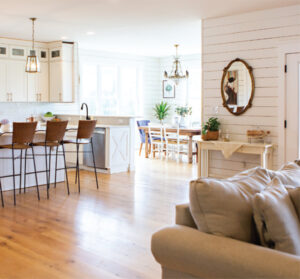
Rebecca Boles, Modern Farmhouse Love.
Kelly and Ryan Portnoy, Photographers
When designing their home, the Boles splurged on Low GWP Spray Foam insulation, resulting in an airtight home and low energy bills. Multiple large windows circulate fresh air when opened. Flooring throughout their home is hardwood, with area rugs to comfort bare feet. She uses only non-toxic cleaning and beauty supplies and swears by the Thieves line by Young Living.
So what can you do if you don’t have the resources to build a nontoxic, healthy home from the ground up? Here are a few simple, lowbudget things homeowners can do to improve well-being and efficiency in your house.

Rebecca Boles, Modern Farmhouse Love.
Kelly and Ryan Portnoy, Photographers
- Declutter. Getting rid of clutter not only creates a peaceful environment but cuts down on dusting duty.
- Use non-toxic products. Typical household cleaning products contain harmful chemicals. Make your own household cleaners with common household items like vinegar and baking soda or shop for planet-friendly cleaners labeled as biodegradable, phosphate-free and petroleum-free.
- Add plants. NASA conducted a study in the late 1980s that proved certain house plants absorb low levels of toxins through tiny openings in their leaves. The spider plant and variegated snake plant are two toxin fighters that are easy to maintain
- Use an entry mat. Our shoes can bring inside bacteria, pesticides, heavy metals and other toxic elements. The first line of defense is a sturdy outdoor mat at the front door, and another just inside the door mat to pick up lingering debris.
In the words of Rebecca Boles, “We are the gatekeepers of our home. We can’t control what we are exposed to when we leave our house, but we can control what we bring into it.” ✦
biophilic design, geothermal heat pumps, green thermal comfort, Healthy design, healthy home, indoor air quality (IAQ), natural light, pollutants, Solar heating, Sound insulation, spider plant, thermal comfort, variegated snake plant, volatile organic compounds (VOCs), whole-home filtration systems






